1. Introduce AI Image Keywords and Their Importance
AI image keywords are integral to the creation of stunning and realistic illustrations using artificial intelligence. These keywords guide AI algorithms to understand and generate visual content based on text input. By providing clear and specific keywords, you can influence the style, subject, and composition of the generated image, ensuring it aligns with your creative vision. In an era where digital art and content creation are evolving rapidly, mastering the use of AI image keywords can set your illustrations apart, offering a seamless blend of creativity and technology. Understanding their importance is the first step towards harnessing the full potential of AI-powered illustration tools.
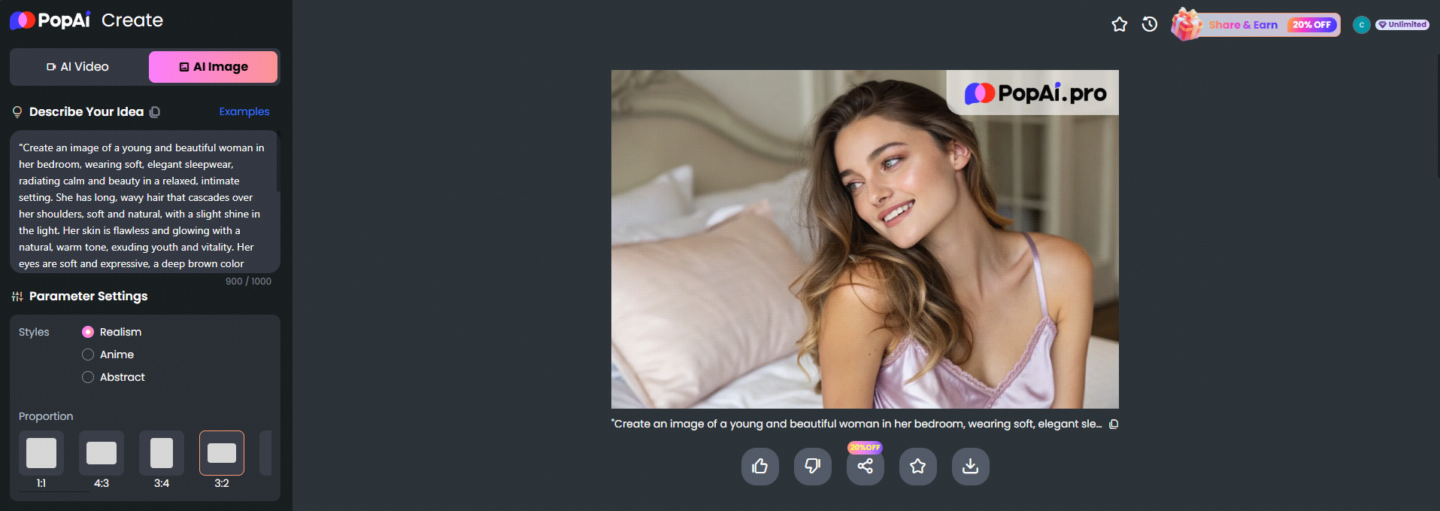
2. Understanding the Role of AI Image Keywords in Illustration Creation
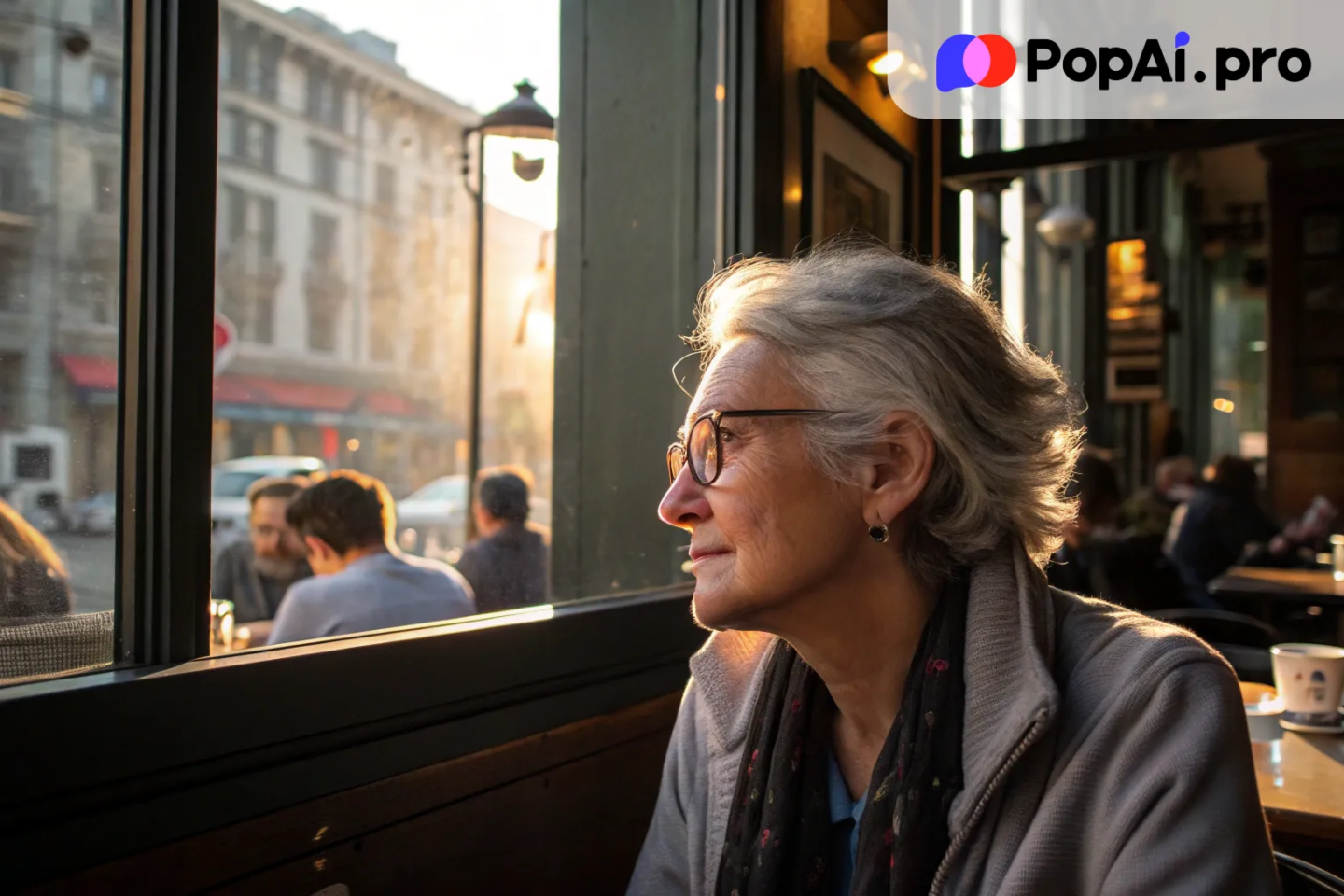
In the realm of AI-generated illustrations, AI image keywords serve as fundamental building blocks that shape the resulting artwork. These keywords act as directives, instructing the AI systems on which elements to incorporate into the illustration, how to style them, and in what manner to arrange them to ultimately produce the intended aesthetic. When crafting an illustration, the specificity and relevance of the keywords you choose play a pivotal role in determining the outcome. For example, if you are aiming for a serene landscape, keywords like “lush greenery,” “tranquil river,” and “gentle sunlight” will guide the AI to highlight these features. On the other hand, less precise keywords might lead to results that lack cohesion or fail to meet your expectations. This illustrates the importance of precision and context when selecting AI image keywords, as these factors will dictate the clarity and realism of the generated art. Understanding this process is essential for leveraging AI to its fullest capacity, enabling artists to create illustrations that are not only visually stunning but also resonate deeply with their creative intent.
3. Tips for Choosing Effective AI Image Keywords
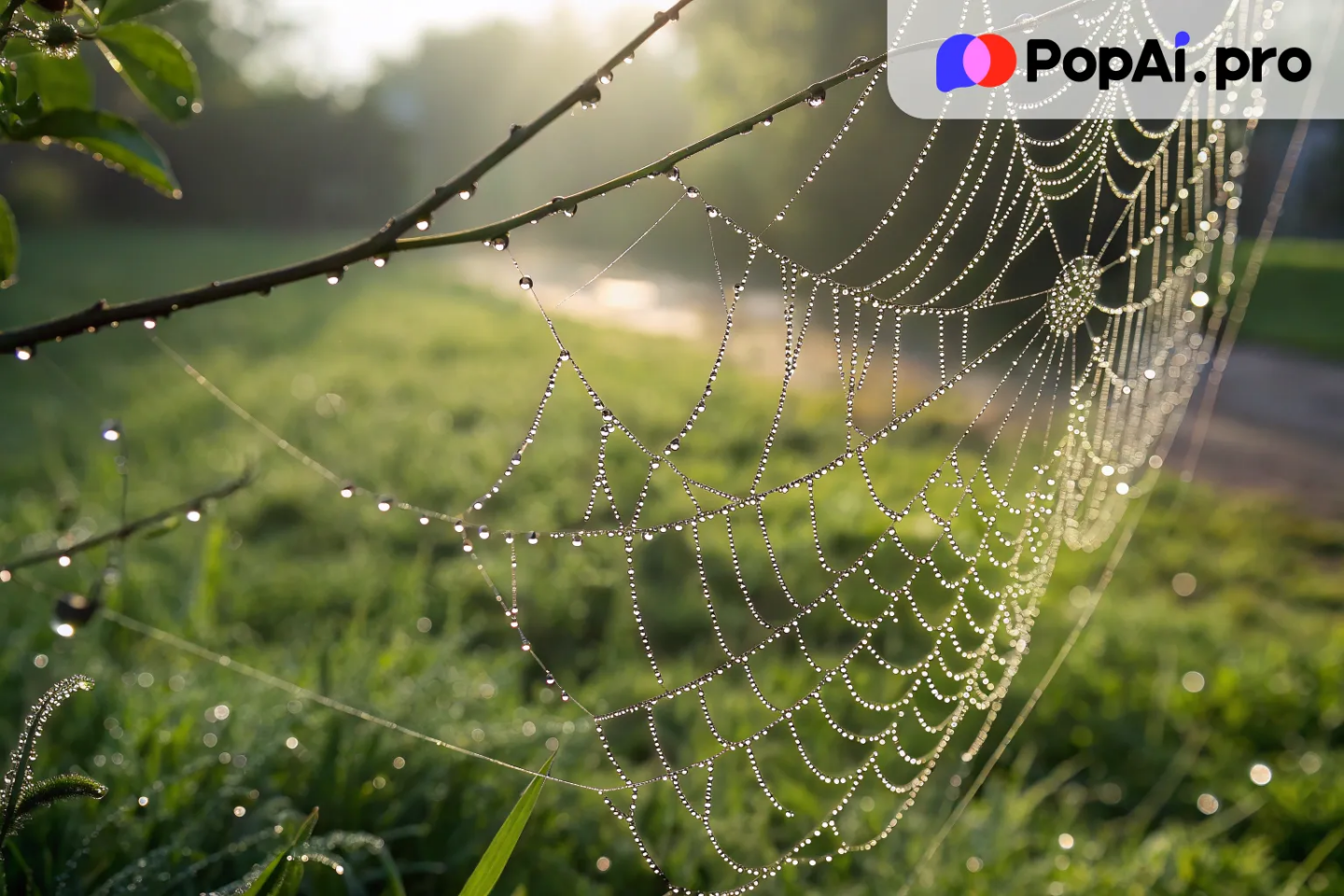
Selecting the right AI image keywords is crucial for guiding artificial intelligence in producing artwork that accurately reflects your artistic goals. Here are some strategies to consider:
- Be Specific and Descriptive: Use detailed and explicit keywords to convey your desired elements and ambiance. Instead of vague terms like “nature,” opt for more descriptive phrases such as “dense forest” or “blossoming flowers” to provide the AI with a clear direction.
- Incorporate Adjectives and Mood Indicators: Including adjectives and mood-related keywords can greatly affect the tone and feel of the illustration. For instance, words like “eerie,” “majestic,” or “whimsical” can impart a specific atmosphere, influencing color palettes and visual themes.
- Utilize Contextual Relevance: Ensure that your keywords are relevant to the subject matter of your illustration. Consistency in theme strengthens the narrative cohesion of your art, allowing for a more realistic and immersive output.
- Experiment with Different Synonyms: AI systems might interpret synonyms differently. Trying out variations like “sunny,” “radiant,” or “bright” can yield diverse results, offering unique perspectives on the same idea.
- Consider Cultural and Artistic References: Incorporating cultural references or specific art styles, such as “impressionist” or “Art Deco,” can harness the AI’s potential to generate illustrations that are not only stunning but also culturally enriched.
By applying these tips, you can refine your approach to selecting AI image keywords, maximizing your ability to create detailed and engaging illustrations that effectively communicate your artistic vision.
4. Example Processes of Using AI Image Keywords to Generate Illustrations
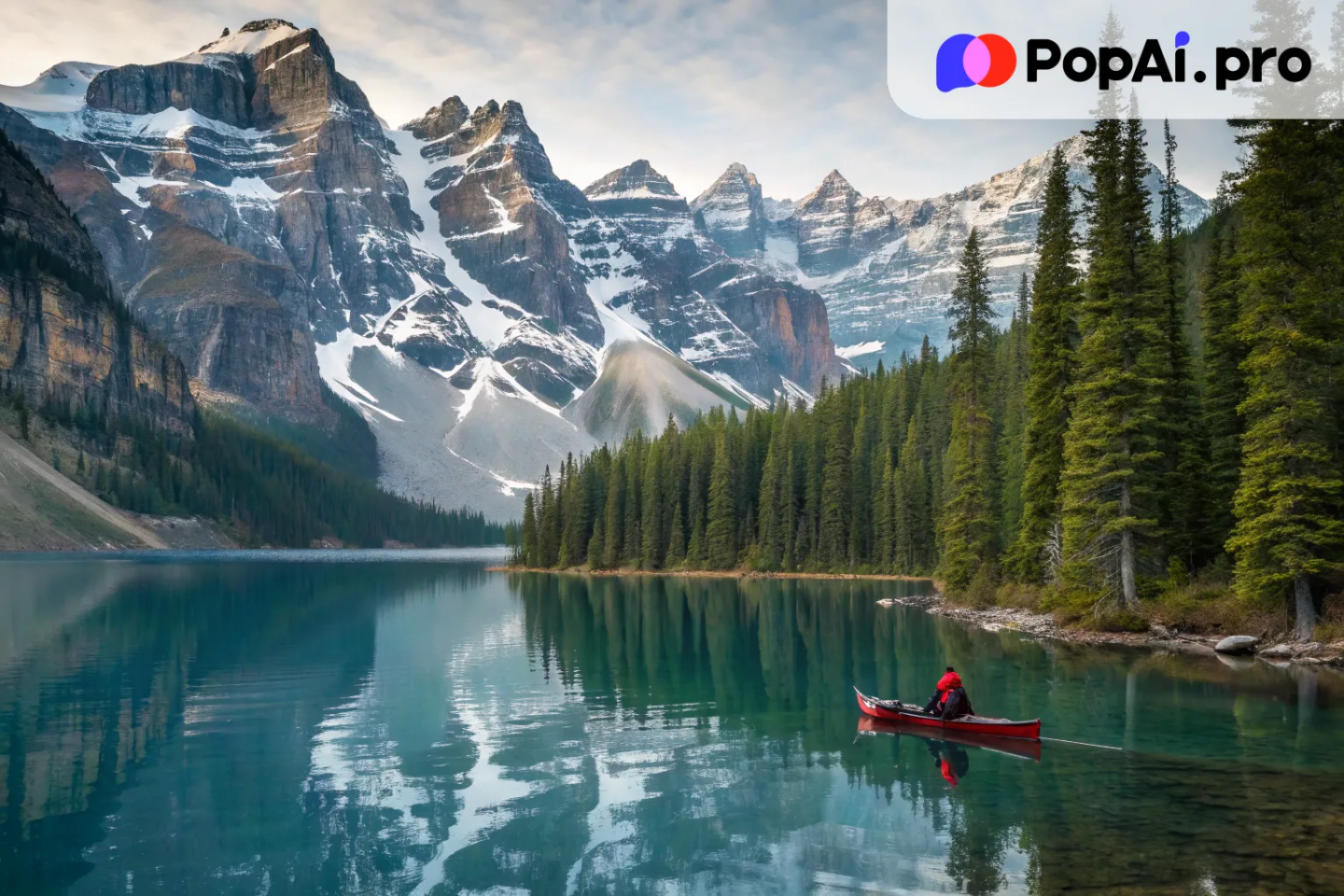
Understanding how to effectively use AI Image Keywords can significantly enhance your creative workflow. Let’s explore a few example processes to illustrate the power of well-chosen keywords:
a. Crafting a Natural Landscape Illustration
To create a picturesque natural landscape, you might use the following sequence of AI image keywords: “breathtaking mountain range,” “crystal-clear lake,” “colorful wildflowers,” “golden sunset,” and “wispy clouds.” This combination commands the AI to generate an illustration that highlights these elements harmoniously. The specificity of each term—like “crystal-clear lake”—ensures that the produced image features distinct and realistic characteristics that align with your vision.
b. Designing a Futuristic Cityscape
If your goal is to depict a bustling futuristic city, start with keywords like “towering skyscrapers,” “neon lights,” “flying vehicles,” “sci-fi architecture,” and “electric blue night sky.” These keywords prompt the AI to focus on creating an urban environment filled with advanced technological elements and a vibrant nighttime atmosphere. Experimenting with different adjectives or additional descriptors, such as “sleek skyscrapers” or “glowing neon lights,” can further refine the detail and realism of the output.
c. Creating a Fantasy Character Portrait
For a captivating fantasy character, input keywords such as “enchanting elven princess,” “intricate armor,” “flowing silver hair,” “mystical forest backdrop,” and “ethereal glow.” This set directs the AI to blend elements of fantasy and realism, resulting in a visually compelling character portrait. To achieve a distinct look, consider variations like “regal elven queen” or “ancient enchanted armor,” which can lead to diverse interpretations by the AI system.
5. Potential Challenges and How to Optimize AI Image Keywords
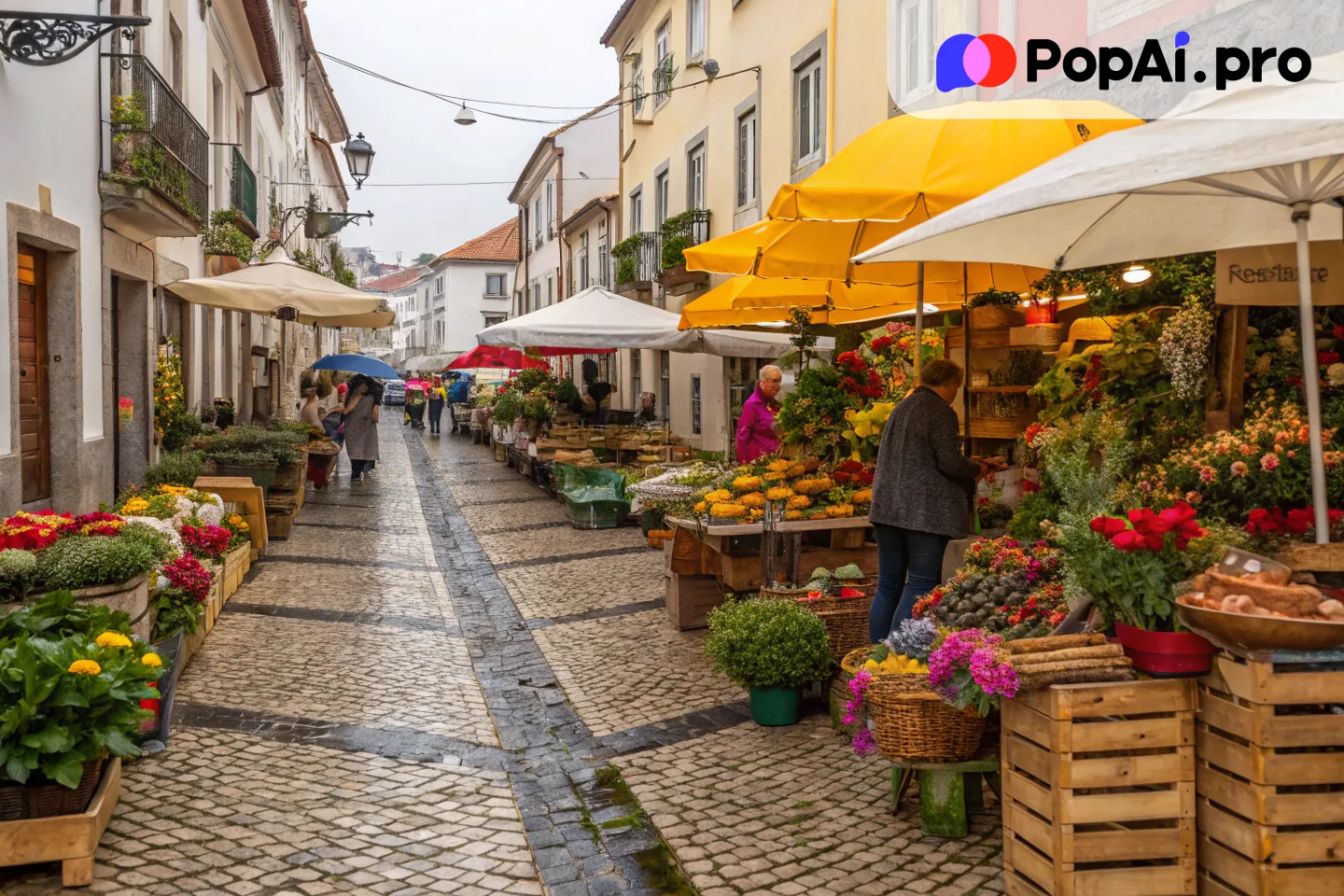
While leveraging AI image keywords can lead to the creation of stunning and realistic illustrations, there are challenges that need to be acknowledged and addressed. Understanding these issues and implementing optimization strategies can help improve the effectiveness of your AI-generated artwork.
a. Ambiguity in Keyword Interpretation
AI systems may interpret the same keywords differently, leading to inconsistent results. For example, the keyword “bright” can be interpreted as a shift in lighting, vibrancy, or even mood. To mitigate this, aim to use more specific and contextually rich keywords that minimize ambiguity. Providing additional descriptive language and context can guide the AI more precisely.
b. Overlapping or Conflicting Keywords
Using overlapping or conflicting keywords might confuse the AI, producing images that appear disjointed or contradictory. As an illustration, combining “stormy sky” with “serene beach” might generate an unsatisfying blend of both scenes. It’s essential to ensure cohesion among your chosen keywords, maintaining a consistent theme to avoid contrasting elements within a single illustration.
c. Limitations of AI’s Creative Interpretation
Despite AI’s capabilities, there are creative limitations often due to existing training data or algorithmic constraints. To optimize this, periodically experiment with new combinations of keywords and update your input based on improvements in AI’s learning. Keeping abreast of technological advancements can also expand your creative potential over time.
d. Ensuring Desired Output Quality
Achieving high-quality output consistently can be difficult, particularly when the AI-generated results diverge from your expectations. This challenge can be addressed by iterating on the keywords and refining them through trial and error. Use feedback from initial outputs to adjust and improve subsequent attempts, leading to better alignment with your creative vision.
e. Balancing Creativity with Realism
Striking a balance between imaginative elements and realistic execution can be challenging when using AI image keywords. To optimize this, combine fantastical keywords with grounded descriptors, ensuring that the AI maintains a sense of believability within your artwork. This approach can help you achieve a seamless integration of fantasy with reality in your illustrations.
By understanding these potential challenges and adopting proactive strategies, you can enhance your ability to generate consistent, high-quality illustrations using AI image keywords. This facilitates a rewarding creative process that leverages the full spectrum of possibilities afforded by AI technology in artistic expression.